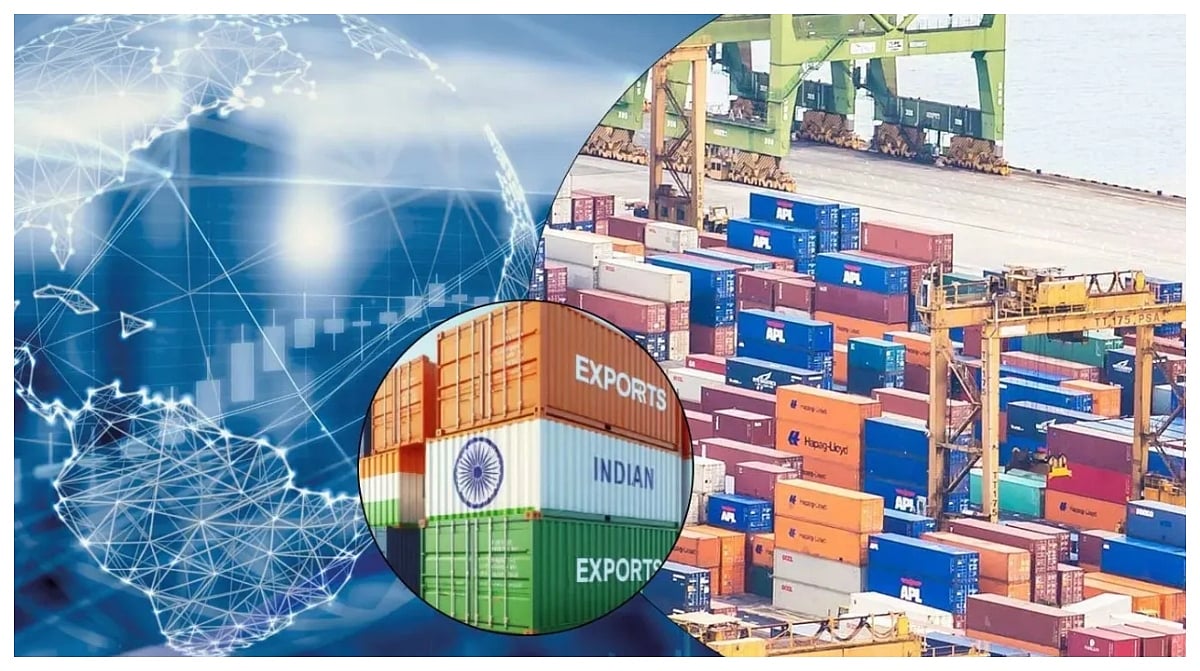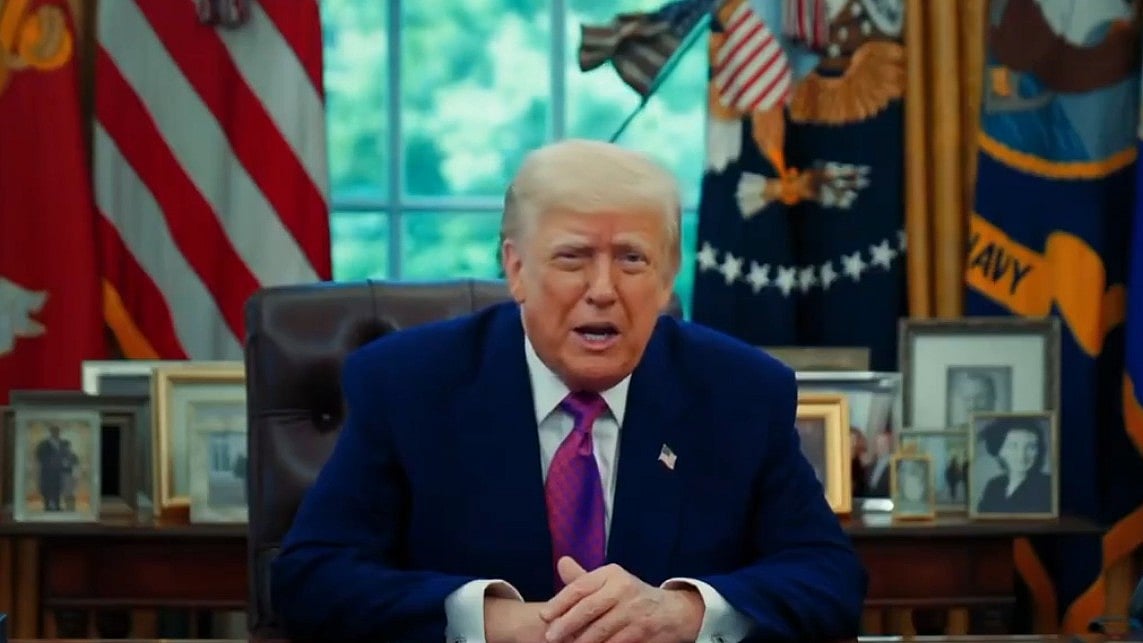New Delhi: India's exports grew 6.74 per cent to USD 36.38 billion in September, while imports jumped 16.6 per cent, widening the trade deficit to USD 31.15 billion, the highest in over a year.The increase in inbound shipments of gold, fertiliser and silver has pushed the country's imports in September to USD 68.53 billion against USD 58.74 billion in the same month last year, according to official data released on Wednesday.
The country's exports recorded a positive growth despite the steep 50 per cent tariffs imposed by the US on Indian goods from August 27.Cumulatively, during April-September this year, exports increased by 3.02 per cent to USD 220.12 billion, while imports rose 4.53 per cent to USD 375.11 billion, leaving a trade deficit of USD 154.99 billion.
Briefing the media on the data, Commerce Secretary Rajesh Agrawal said that despite global economic turbulence, India's goods and services exports are doing well.When asked about the reason for growth in the shipments, he said the domestic industry has been resilient."They have been able to expand trade with the US by maintaining their supply chains and business relations. They may have taken on some cost losses but maintained those supply chains," he told reporters here.
He added that still 45 per cent of India's exports to the US are outside the ambit of the high tariffs.About 55 per cent of the export basket to the US is exposed to the high 50 per cent tariffs of America.On the impact of these tariffs, he said the ministry is looking into commodity-wise data to assess the impact.According to the data, gold imports surged 106.93 per cent to USD 9.6 billion during the month under review from USD 5.14 billion in September 2024. However, during the first half of this fiscal, it dipped to USD 26.51 billion from USD 29.04 billion in April-September 2024-25.

Similarly, fertiliser imports jumped 202.34 per cent to USD 2.36 billion, while silver imports surged 139 per cent to USD 1.3 billion during the month.Festive demand and a jump in prices of these metals were cited as the reasons for the increase in their imports.On the other hand, crude oil imports dipped 5.85 per cent to USD 14 billion in September. During the first half of this fiscal, it declined by one per cent to USD 92.12 billion.
Export sectors, which recorded healthy growth during the period, include engineering, electronic goods, pharma, chemicals, gems and jewellery and rice.However, petroleum product shipments dipped to USD 30.63 billion from USD 35.65 billion in April-September 2024-25.Electronic goods exports rose 50.54 per cent to USD 3.11 billion, while rice shipments grew 33.18 per cent to USD 924.88 million. Marine product exports that were expected to be hit the maximum by the US tariff increase have shown a growth of 23.44 per cent to USD 781 million in September.
The engineering sector, which has a large exposure to the US market, recorded a growth of 2.93 per cent to USD 10.11 billion. Similarly, gems and jewellery exports also remained in the growth zone, expanding 0.40 per cent to USD 2.83 billion.Maximum hit was taken by readymade garments, handloom, cotton yarn and made-ups. Readymade garment exports slipped 10.14 per cent to USD 997 million, while the cotton and handloom exports contracted 11.66 per cent to USD 930 million.

"There have been developments across the world which have impacted trade, developments across supply chains, and developments across markets have been impacting trade. In all this turbulence, exports of goods and services have done well in the first six months of 2025-26," Agrawal said.He added that India's exports have registered healthy growth in 24 countries, including the UK, UAE, Netherlands, Germany and Bangladesh.
The estimated value of services export for September is USD 30.82 billion compared to USD 32.60 billion in the same month last year. During April-September 2025, it was estimated at USD 193.18 billion against USD 182.03 billion in the same period of the previous fiscal.Federation of Indian Export Organisations (FIEO) strongly recommended fast-tracking of the ongoing Free Trade Agreements (FTAs) with the European Union, United Kingdom, Latin American countries, and the GCC to enhance market access, reduce trade barriers, and strengthen India's position in global supply chains.
Its president SC Ralhan said the increase in imports calls for a renewed focus on building domestic manufacturing capabilities in critical sectors, such as electronics, machinery, and intermediate goods.Ralhan urged the government to take bold steps toward import substitution by encouraging local production and enhancing global competitiveness through innovation and scale.
Disclaimer: This story is from the syndicated feed. Nothing has changed except the headline.











